Everywhere I look, I’m seeing signs of fall: pumpkin lattes, pumpkin beer, even Halloween displays in stores (which seem to start earlier every year).
But hello! It’s still summer! And we’ve still got plenty of harvests left.
Let’s savor these last few weeks before the (official) start of fall and make the most of our summer gardens while they’re winding down. I personally love to take advantage of the cooler evenings by staying outside a little longer and really taking in all the smells and colors.
(It’s also a good time to take notes on what didn’t work this year—I use my Ultimate Garden Diary to keep track of issues so I can switch things up the following year.)
Before we jump into fall cleanup mode, here are five ways to enjoy the end of the season while preparing for the one ahead:
1. Harvest often
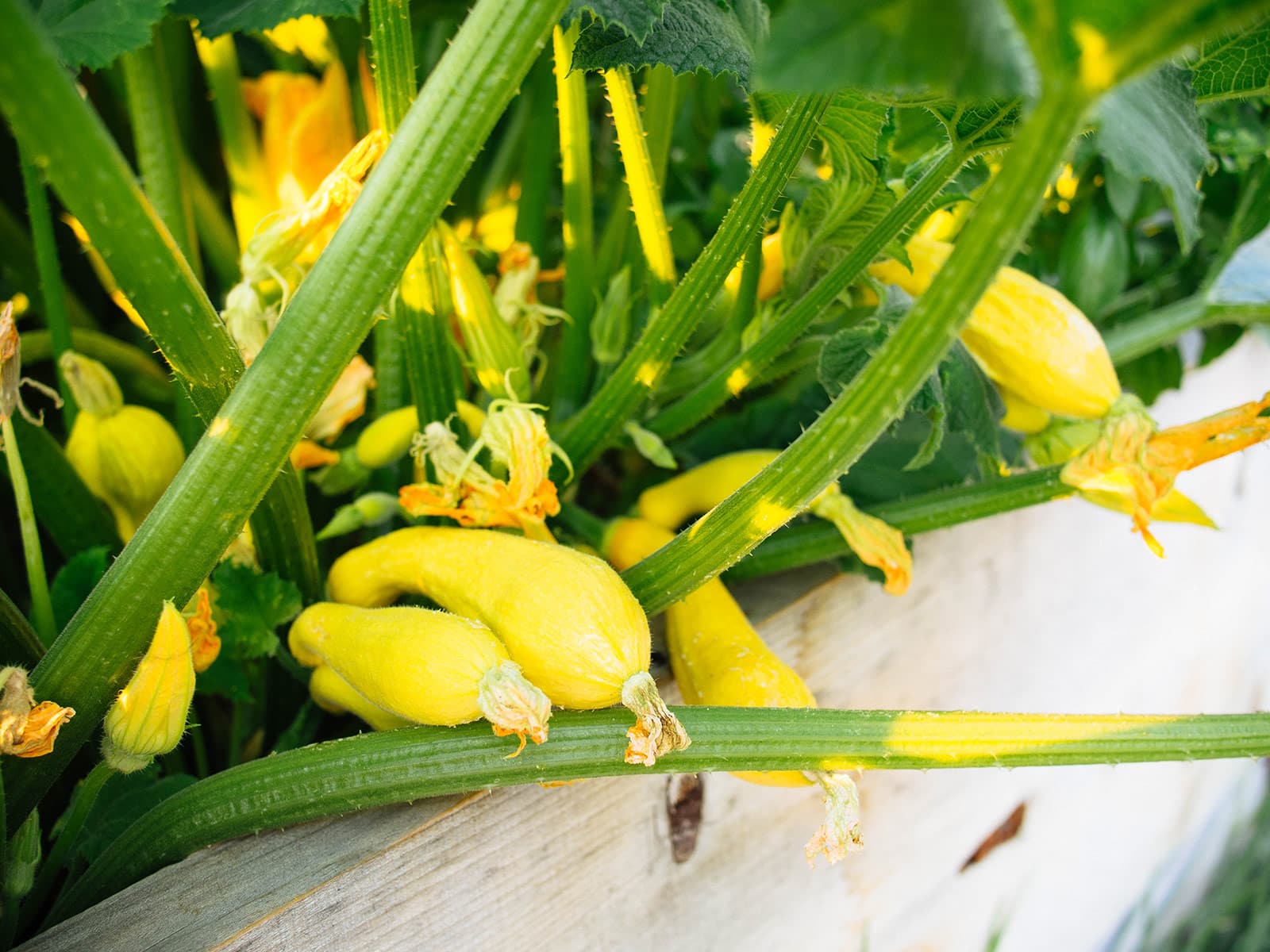
Summer crops like tomatoes, cucumbers, squash, and peppers will keep producing until the first frost, so harvest frequently (before the fruits get overripe) to encourage these plants to continue producing.
Tomatoes, in particular, can be picked before they’re fully ripe—in fact, you’ll get better-quality fruit if you pick them when they’re still turning color. (Picking early also keeps the skins from splitting and cracking this time of year.)
If it feels like your tomatoes are taking forever to ripen, this is a good time to top off your plant or put the roots in distress to force the fruits to ripen sooner.
2. Save seeds
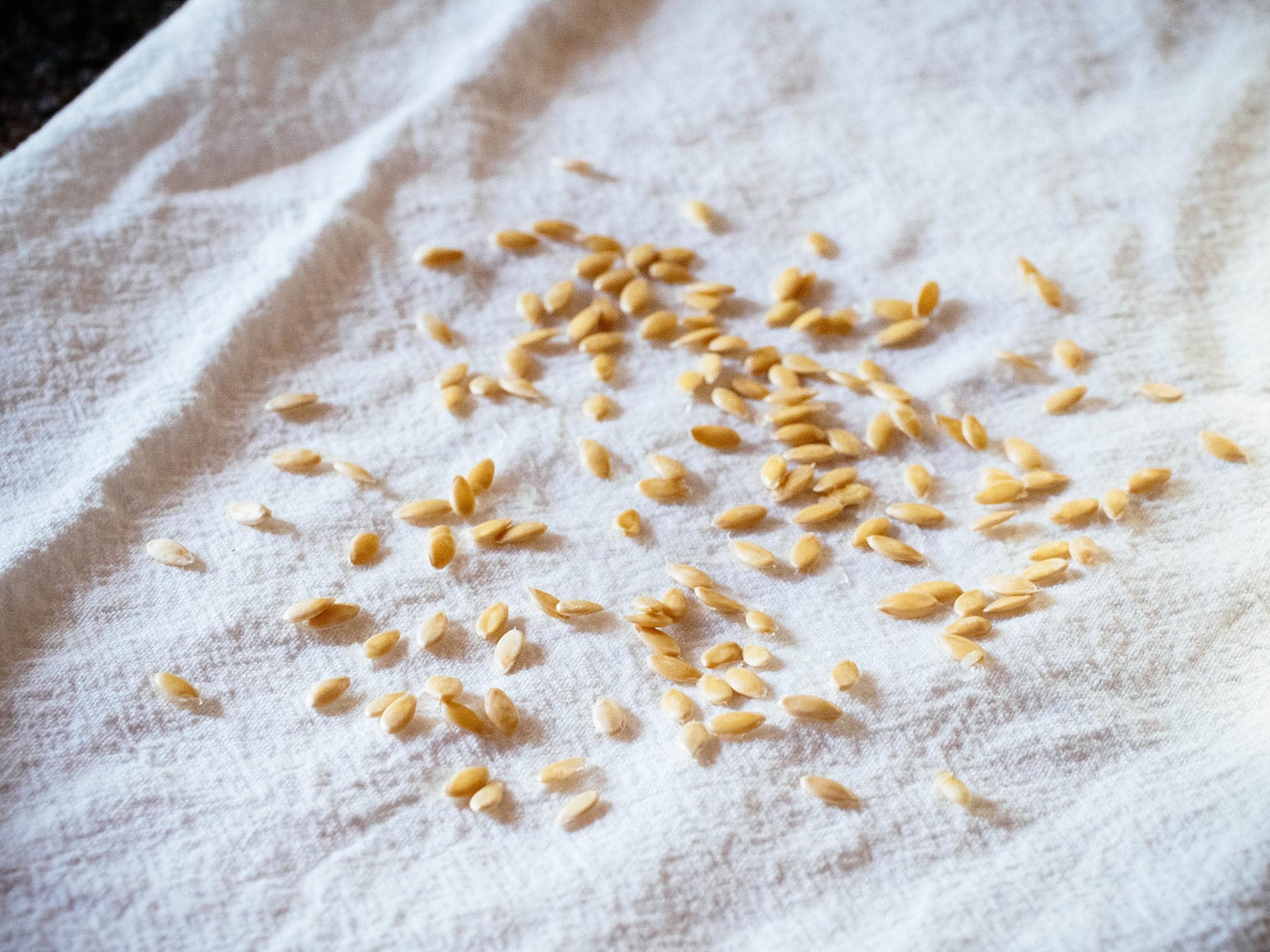
Saving your own seeds from open-pollinated plants makes sense on many levels:
- You get free seeds to sow again or to share.
- Your seeds will always be fresh (as long as you store your seeds properly, that is).
- You know exactly where the seeds came from and how they were grown.
- You can preserve a specific variety that’s hard to find.
- You can actually improve the next crop by saving seeds from the strongest, biggest, tastiest, earliest-maturing, or highest-producing plants.
- Your next crop will start to become more adapted to your particular growing conditions.
- Growing the same variety, from your own seed stock, year after year helps you replicate successes in the garden.
This is how I save seeds every season to produce better quality plants, better yields, and better resistance to pests and diseases.
3. Deadhead flowers
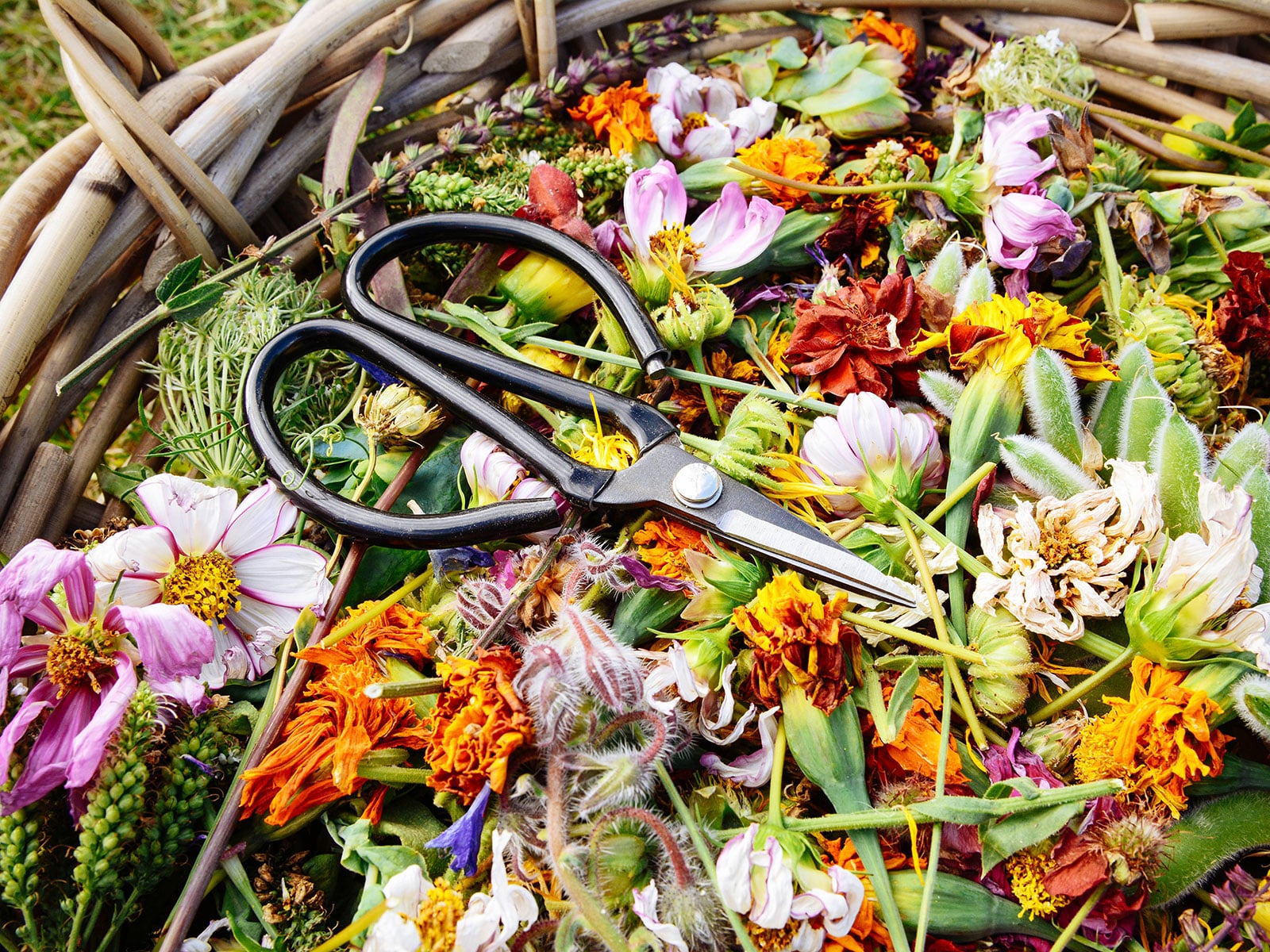
Removing the spent flowers on annual and perennial plants will encourage continued blooming through fall. This includes blanket flowers, zinnias, petunias, dahlias, salvias, cosmos, coneflowers, golden marguerites, Shasta daisies, yarrows, and columbines.
Deadheading keeps your garden looking beautiful, prevents your plants from putting energy into seed production, and provides a constant source of food for pollinators and other beneficial insects like hoverflies and golden-eyed lacewings. (The latter two are predators you definitely want to keep around to help reduce late-season aphid infestations!)
4. Start fall crops
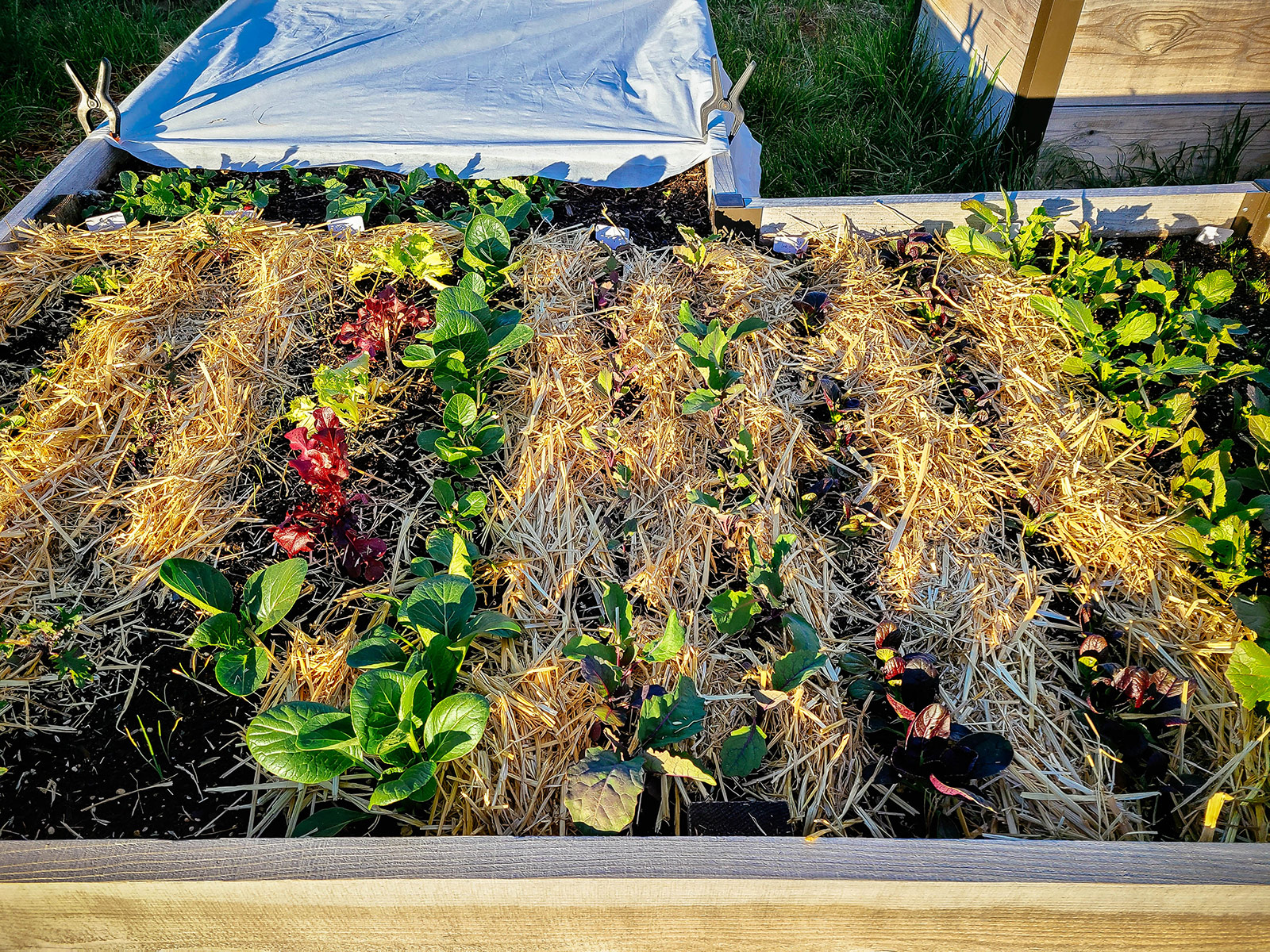
Now is the time to direct-sow seeds for quick-growing, cool-season vegetable crops like spinach, kale, lettuce, Asian mustards, radishes, baby beets, and baby turnips.
The warm soil helps them germinate faster, while the cooler air keeps them productive well into autumn and even through winter (where frost can actually sweeten the flavor of certain crops).
In most climates (especially with winter protection like mulch and frost cloth), cold-tolerant plants started in late summer can turn into a productive winter vegetable garden. They’ll grow slowly but surely during the colder months and resume vigorous growth in early spring, giving you the first harvests of the year.
You don’t need a greenhouse to grow food in winter; I do this every year in my zone 5 microclimate where the overnight lows often dip into the single digits.
5. Fill empty beds with cover crops
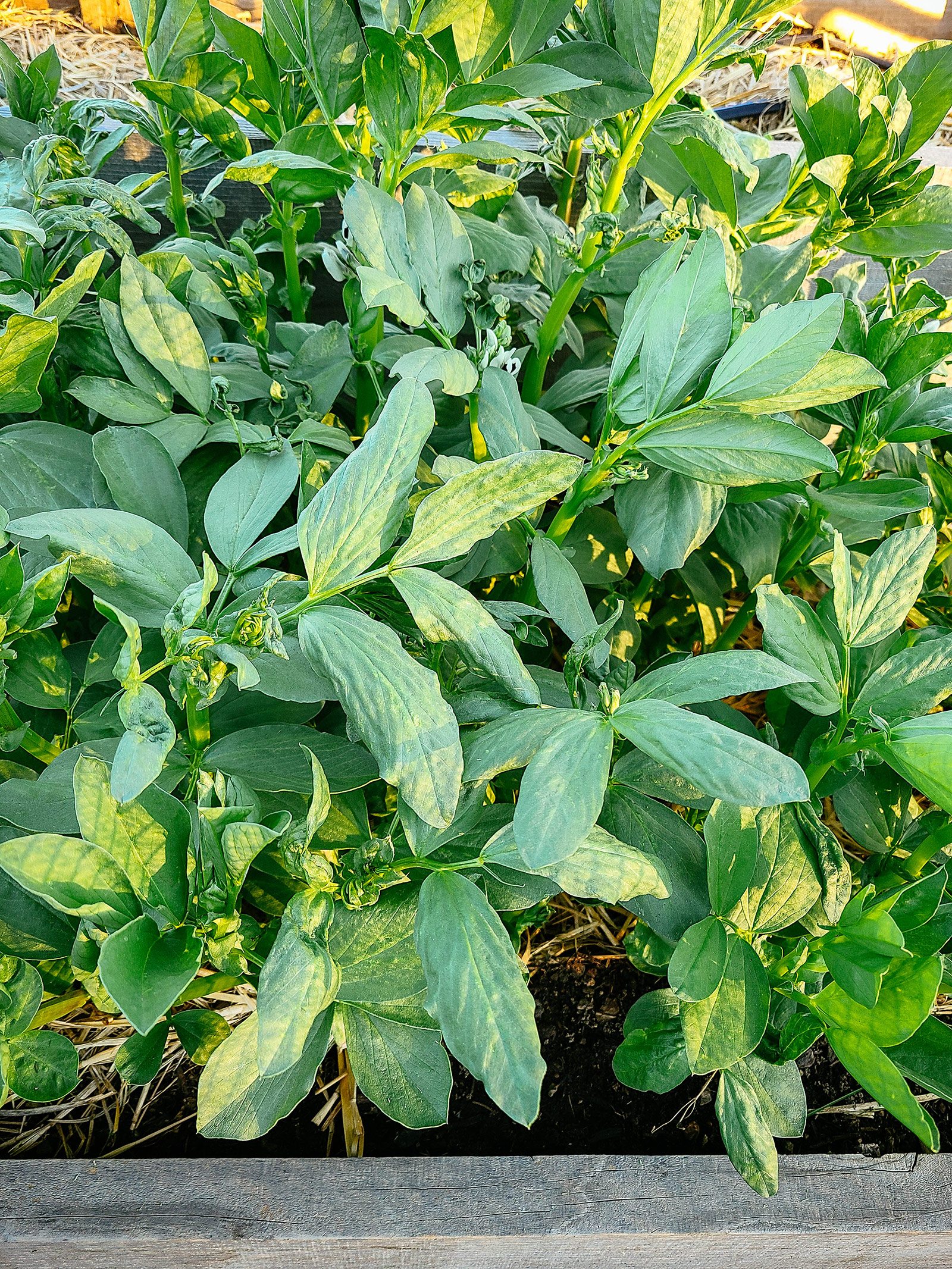
If you’re not starting fall crops and want to take a break until spring, don’t just leave your garden bed fallow—plant a cover crop instead. A cover crop has many benefits for your soil: It adds nutrients, improves soil fertility, loosens heavy soil, chokes out weeds, and prevents soil erosion.
The best cover crops, in my opinion, are also edible and release nitrogen back into the soil when they die. So it’s almost like growing your own organic fertilizer! I like to grow fava beans to improve my soil (and to eat) and I plant Austrian winter peas every September as a cover crop (and to pick for salads).
You can grow many different types of cover crops on a small scale too. No need to fill an entire bed if you’ve got a few perennials you want to keep—just plant any bare patch of soil around them. Some cover crops will naturally die back after a hard freeze and turn into a protective mulch over winter, while others will grow until winter dormancy and then pick up again in spring.


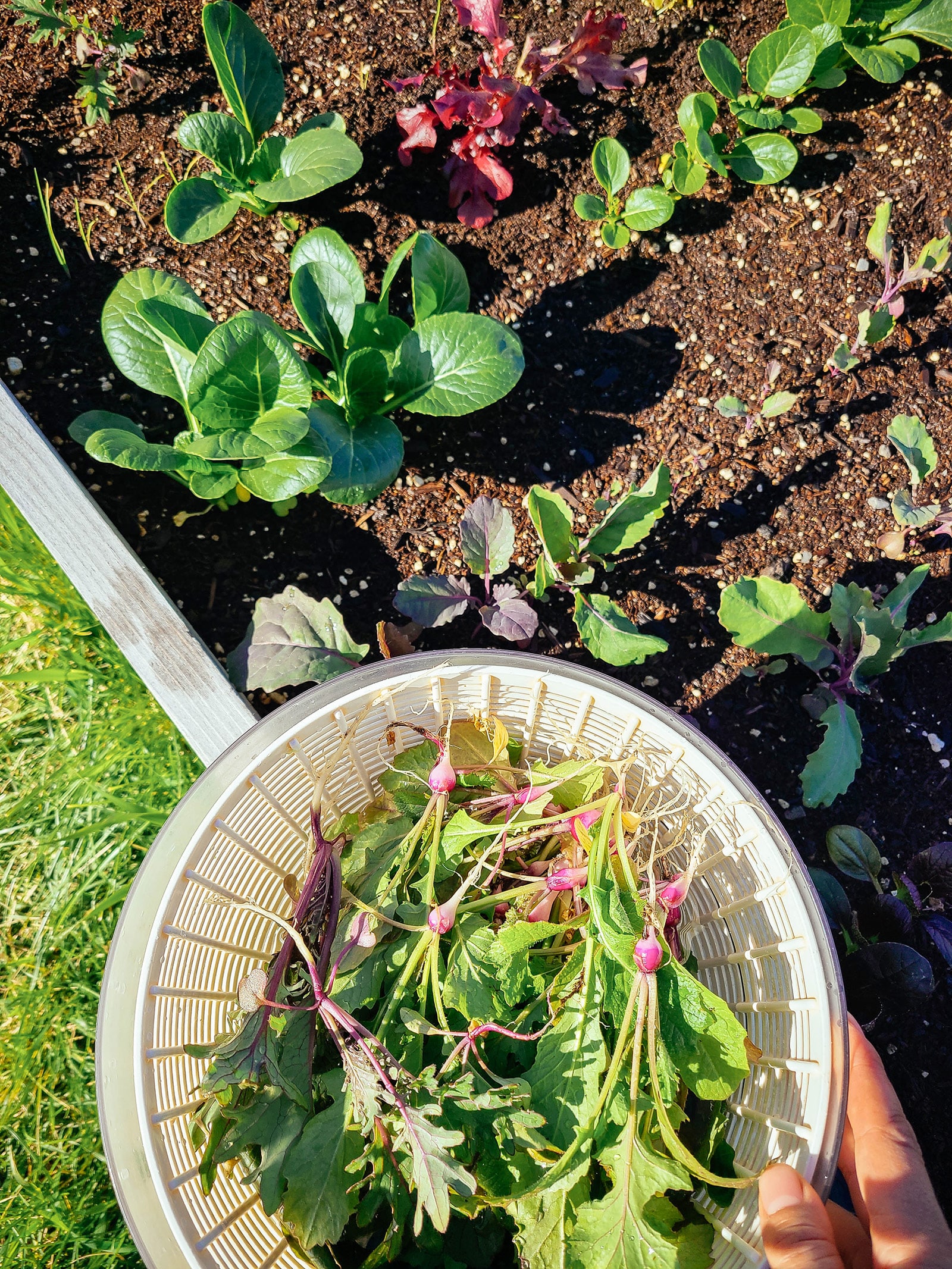













The information you provide is excellent. I am redoing my garden by building raised beds.
Hoping to have them completed by October to allow time for good soil composting.
Thanks much for the info. Larry
What’s good to grow and eat now in Venice, Florida ?
Good advice.
I’m doing a lot of leaf drying these days. I dried carrot leaves from our early crop recently. I just do the small, highly branched part of the leaf, which crumbles readily when dried. We especially like it to bolster the nutrition of winter dishes, when leaf crops are unavailable from the garden. I apparently gave too much nitrogen to a pepper plant and it got HUGE and was just starting to blossom when September came around. I did not think that the peppers would get much size in to cool weeks before a killing frost, so I cut it down and dried all its leaves that were in good condition…another high nutrient green to bolster winter meals. I cut all my celery main stalks, except plants that were bolting. (The flowers attract insects beneficial in pest control.) I dried leaves and stalks separately because they take different times and sometimes one or the other would be preferable. Today I donned rubber gloves and trimmed stinging nettle leaves to load into the dryer. Nettle leaves are especially nutritious cooked, but we use them in a diuretic tea in hot weather, as both my daughter (with whom we live) and I suffer serious edema in our legs all summer long. This is the third batch that I’ll dry this year.
Trimming leafy crops for drying always results in considerable amounts of stemmy stuff that I like to use as mulch. That results in more nutrients going into the garden as the trimmings sheet compost than if we added them to the compost pile. When I had plenty of garden space, I would built my compost pile right in the garden to benefit from the nutrients that leach into the soil. (In those days, I had chickens, rabbits, pigs and usually a beef animal, which was a more efficient way to utilize garden byproducts, in my opinion. (I don’t like to say ‘garden waste products’, because they are only ‘wastes’ if we waste them.)
And, like Linda, I have cool weather crops started. As we have limited growing space here, I start succession crops in flats and pop one in whenever we have an opening. My garden is ‘organized’ more like a forest–all kinds of plants rubbing stems together in what APPEARS to be a jumble. So I have very few succession plantings in blocks. I broadcast some plants in among other crop species. I’m still learning which combinations are best, but at 86 I’ve concluded that there is no end of what you can learn from a garden.